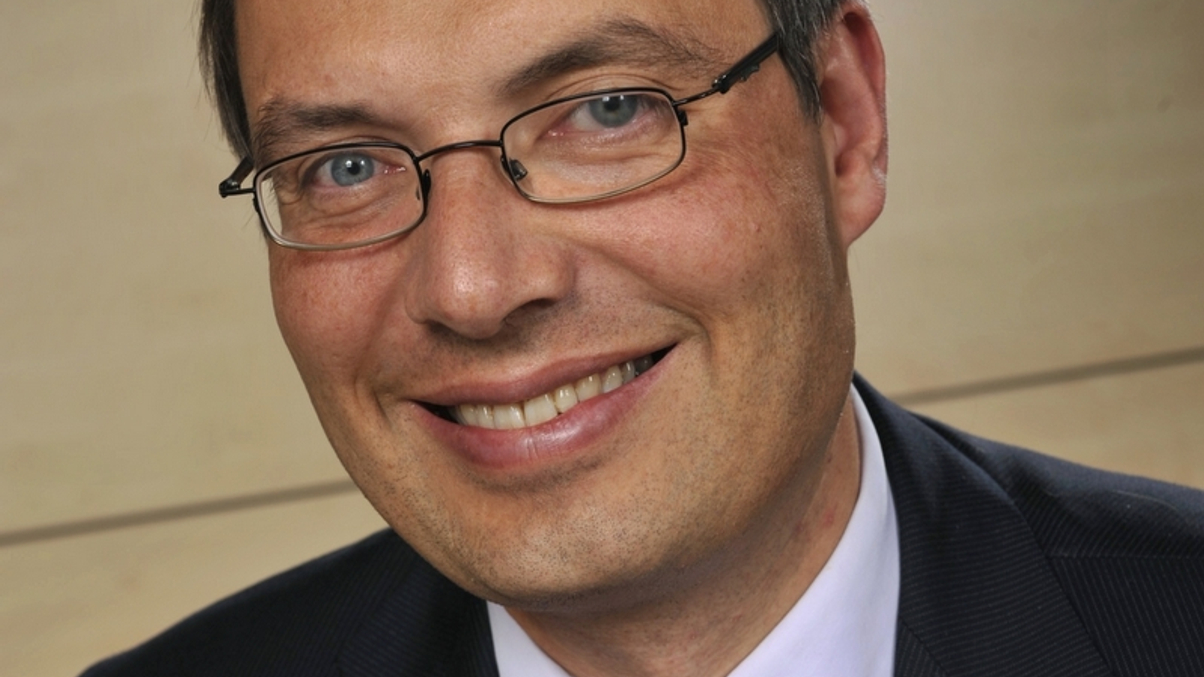APG asset allocator reveals wish-list for Asia
Ronald Wuijster, head of asset allocation at Netherlands-based APG Asset Management, outlines what it would take for him to invest more significantly in the region.

The head of asset allocation at one of the world's largest pension fund managers has outlined the development he would like to see in Asian markets before starting to invest more significant sums.
Sign in to read on!
Registered users get 2 free articles in 30 days.
Subscribers have full unlimited access to AsianInvestor
Not signed up? New users get 2 free articles per month, plus a 7-day unlimited free trial.
¬ Haymarket Media Limited. All rights reserved.


